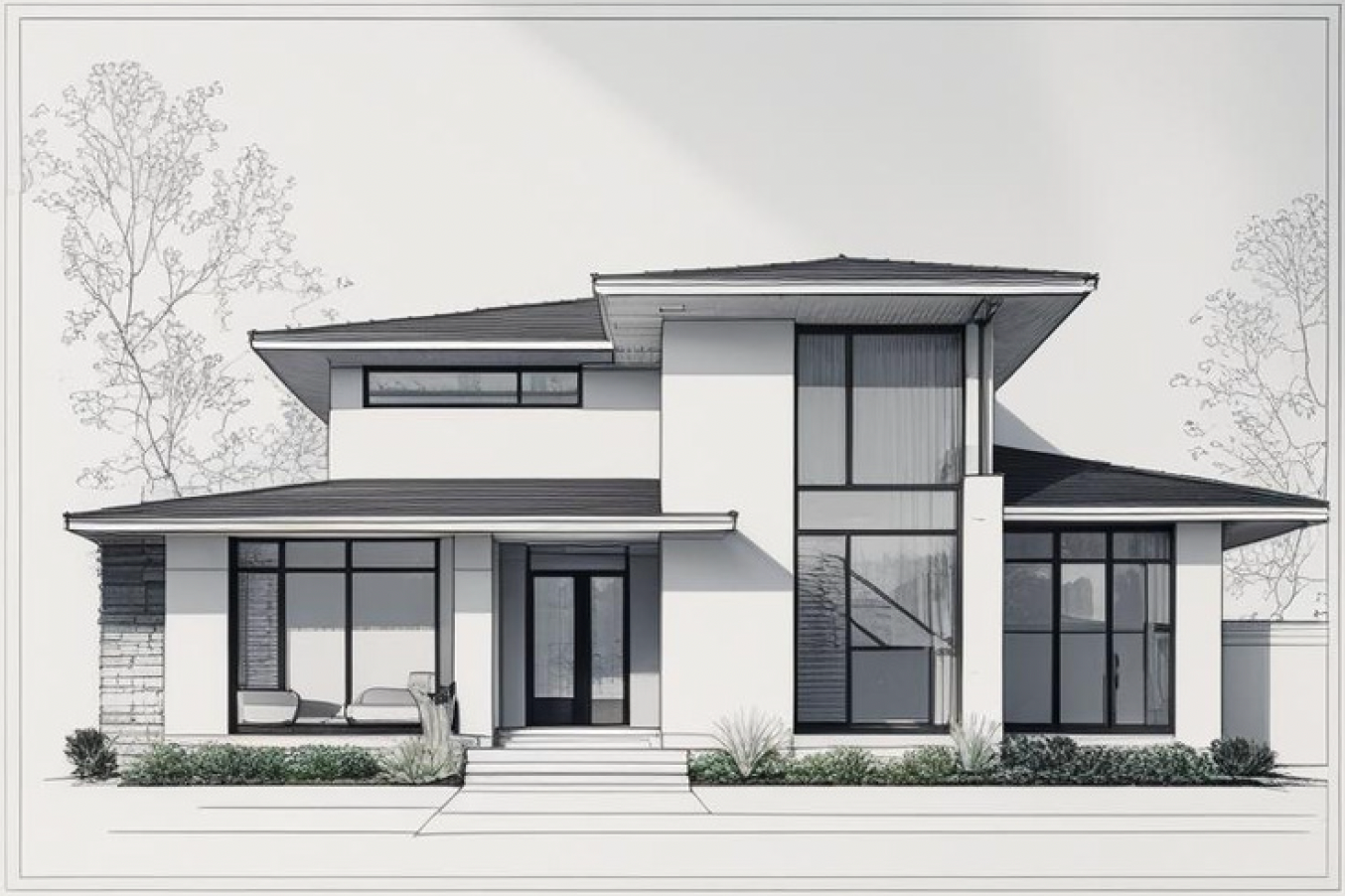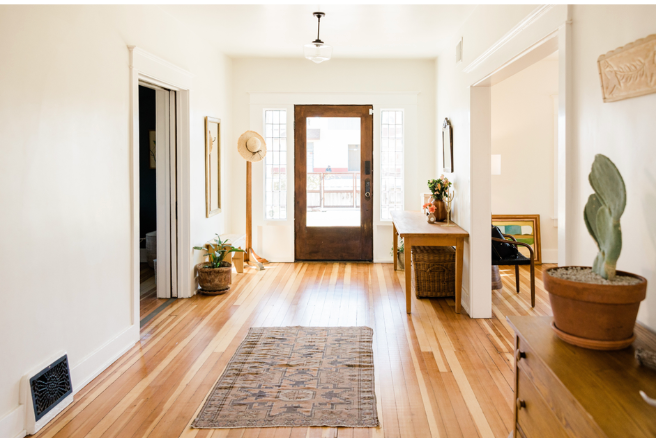10 point pre-construction checklist
THE 10 KEY STEPS
You Should Take Before you Build
01.
Define Your Goals
Why are you building?
What kind of lifestyle do you want this hometo support?
Tip: Start with function, then form.
02.
Understand Your Budget
Set an overall budget rangeInclude land, soft costs (design, permits), and contingencies
Tip: Be realistic. It’s easier to upgrade finishesthan backtrack on layout.
03.
Secure a Suitable Lot
Does the land have municipal services, properzoning, and road access?
Have you reviewed any restrictive covenants?
Tip: Not all lots are build-ready, some needcostly preparation.
04.
Confirm Zoning & Permits
What is allowed by local bylaws?
Do you need a minor variance?
Tip: We recommend a zoning review beforedesign starts.
05.
Choose a Design Team
Do you want a full-service design-build teamor a separate architect/designer?
Have you seen their past work?
Tip: Good design balances dreams with budget.
06.
Determine Your Timeline
Are you tied to school schedules, expiring leases, or other milestones?
Do you understand the times required for permitting?
Tip: From drawings to move-in, expect 10-14months..
07.
Start the Design Process
Think flow, orientation, and long-term needs(aging in place, growing family, etc.)
Prioritize your must-haves vs. nice-to-haves
Tip: Design is where future change orders areprevented.
08.
Establish Your Team
Who will build your home?
What’s their processlike?
Do they offer transparency, or just a number?
Tip: Look for a contractor who talks about process,not just price.
09.
Understand Pre-Construction
Site analysis, budget planning, and schedule forecasting are part of good pre-con.
Ask what’s included before you sign a construction contract
Tip: The best projects start with planning, not guesswork.
10.
Get It in Writing
Review and understand your contracts.
Know the difference between a design agreement, pre-construction contract, and build contract (e.g. CCDC2)
Tip: A clear paper trail protects everyone involved.
*
Bonus Tip
Hold a 15% contingency fund.
Even with great planning, unexpected conditions can arise. It’s better to be ready than stressed






